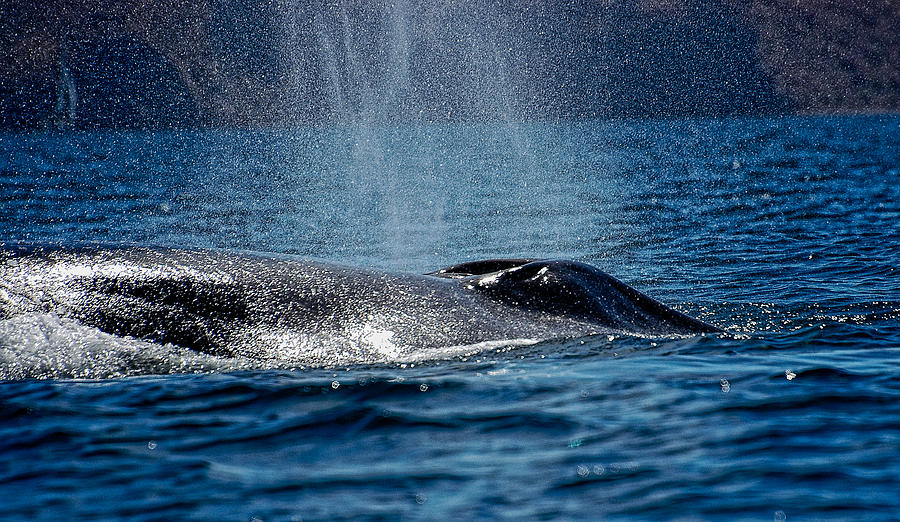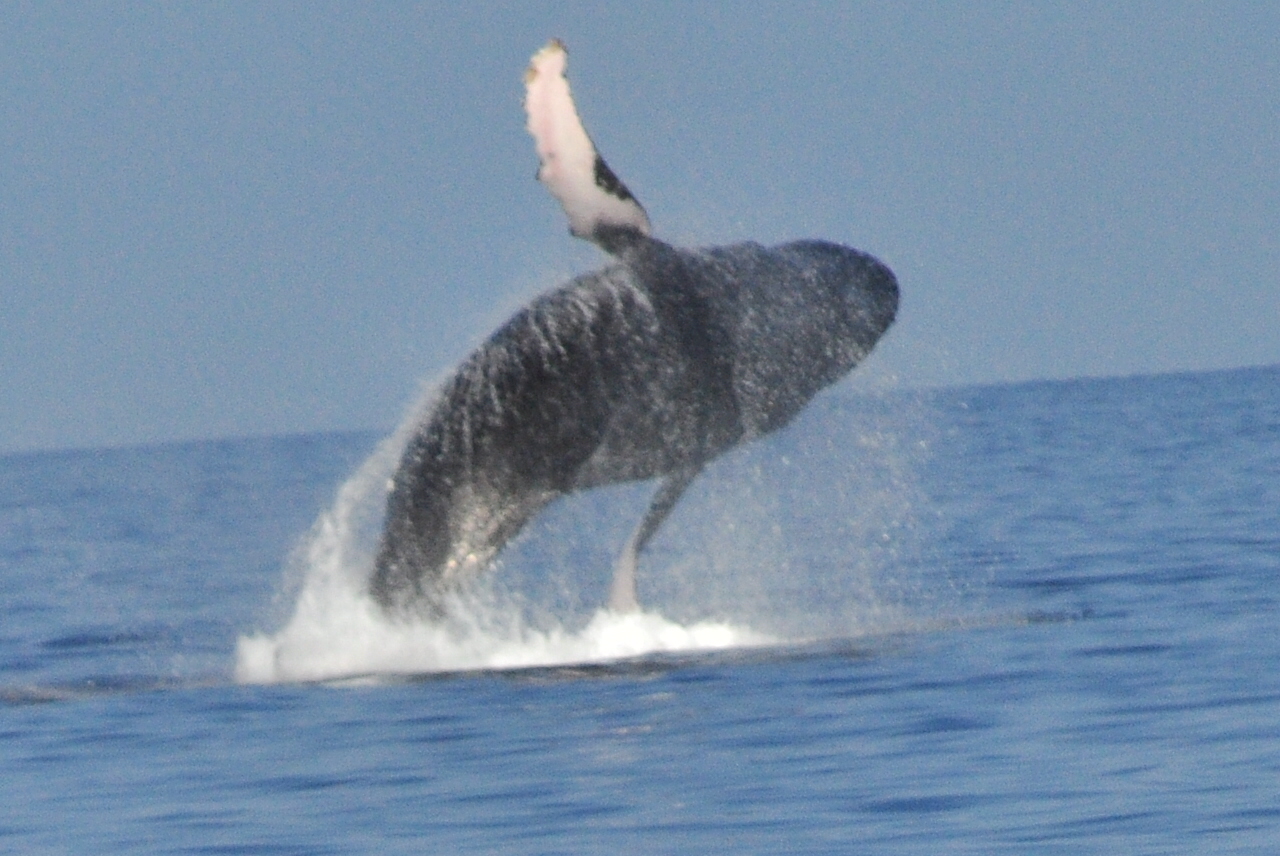

#WHALE SPOUT PROFESSIONAL#
The 55-year old American who has been hooked on photography since he was seven, says that he first heard about this illusion from a professional photographer whilst on a whale watching trip. It is therefore no wonder that it took amateur photographer Mark Turner days of sailing in the waters of Petersburg, Alaska to get this perfect shot. The setting sun has to be at the right place when a humpback whale is spouting. In order for something this mystical to occur everything has to align perfectly. What is happening is that the light from the setting sun is being refracted through the jet of moist air created when the humpback whale is spouting, resulting in what appears to be an eerie fire-like glow in the background. However, it is neither - Instead it is an optical illusion created by a scientific principle that you may all have heard of - Refraction. Identifying Species, Wild Whales B.C.This stunning image of a fire emanating from the spout of a humpback whale may seem like a cleverly photoshopped picture or better still, a new awesome species of the mammal.Harbor porpoises and Dall’s porpoises travel in small groups, while Pacific white-sided dolphins travel in big groups of up to thousands of individuals.Orcas travel in pods, and are almost never seen alone.It’s also important to note for your sightings report. How many are in the group? Whether a cetacean is traveling alone or in a group can also help provide clues about the kind of animal you are seeing.So if you see an otter on the shore, it is much more likely to be a river otter than a sea otter. Sea otters almost never come ashore, while river otters spend about half their time on land.A large field of splashes and ripples may be the clue that Pacific white-sided dolphins are passing by. A big splash may indicate that a whale has just breached. Cetaceans display a wide range of surface behaviors. If you see a whale’s tail, it is likely going down for a dive, and it will be a few minutes before you see it again.

The shape and size of the tail flukes is different for every species. In some species, like humpbacks, the markings on the tail flukes are different for every whale, and are an important way to identify individual whales.

Here are some tips that may help you see and identify them, and what they look like at the surface. If you’ve never seen a whale before, it can be hard to know what to look for.


 0 kommentar(er)
0 kommentar(er)
